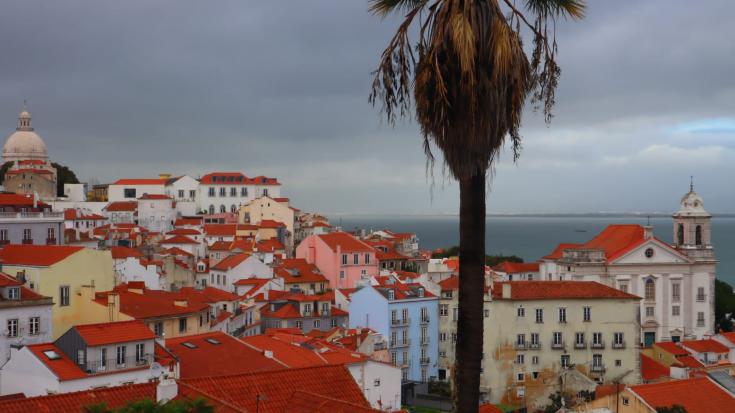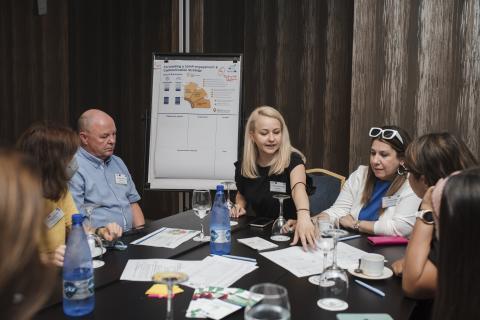What can municipalities do to fight urban heat islands (UHI)?

On 31 October 2022, the Policy Learning Platform organised an online matchmaking on strategies to fight urban heat islands.
Our expert Katharina Krell moderated the session which was organised at the request of the Municipality of Oeiras, Portugal to meet and exchange with peers from other cities or regions who could share their experiences on the same problem.
Host and participants
• Ana Isabel Beça, Municipality of Oeiras, Portugal
• Filipa Marrecas Ferreira, Municipality of Oeiras
• Paula Santos, Investment promotion – project funding manager, Municipality of Oeiras
• Sofia Casanova, Directorate of Urban Planning, Municipality of Oeiras
• Rita Brito e Abreu, CMOeiras, Environmental Department
• Filipa Grilo, Science Faculty, Lisbon University
• PhD Pedro Pinho, Science Faculty, Lisbon University
• Dr Anna Laura Pisello, University of Perugia, Italy
• Katerina Danadiadou, Head of the Directorate of Urban Planning and Architectural Studies, Municipality of
Thessaloniki, Greece
• Angeliki Chatzidimitriou, Dipl. Architect Engineer, MA (Env), PhD, Environmental Design Consultant, Post
Doctoral Researcher, Thessaloniki, Greece
• Chrysanthi Kiskini, Head of the Department of European Union Projects, Regional Development Fund of
Central Macedonia, Greece
- Katharina Krell, Thematic Expert Low Carbon Economy
- Eugénie Suplisson, Events expert
- Astrid Severin, Thematic Expert Enviroment & Resource Efficiency
- Elena Ferrario, Thematic Manager
- Etienne Rodzinka-Verhelle, Policy Officer Environment and Resource efficiency
Key takeaways and insight
- Cities exhibit their own microclimate and are typically warmer than the surrounding rural areas. Urban heat islands are a product of rising temperatures: human activity, concrete, asphalt and pollution all drive u the temperature in a city by as much as five degrees compared to the countryside.
- A better term for Urban Heat Island effect is “urban overheating” as it is non-ambiguously pointing to a problem (whereas urban heat islands could be interpreted as something positive in cold climates).
- With increasing temperatures and more frequent intense and durable heat waves, the UHI intensity is increasing. Urban populations are more exposed and vulnerable to microclimate risky conditions, with health, economic and environmental consequences.
- Low-income and less educated populations are most exposed to this risk, exacerbated by energy poverty.
- Two types of solutions exist to cope with urban overheating: mitigation and adaptation.
- The drivers of UHI are mostly anthropogenic.
- Good data acquisition is key at the outset of any bioclimatic remediation project. Data needs to collect at multiple scales (regional, urban area, individual street canyon). It is important to combine remote sensing, weather station data and mobile measurements to understand and correctly map the microclimate in each street canyon.
Explore the rest of the key takeaways in the follow-up note.

Apply for a peer review!
Find solutions to your regional policy challenges with our experts and selected peers during a two-day peer review.